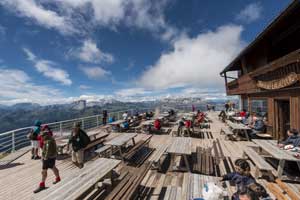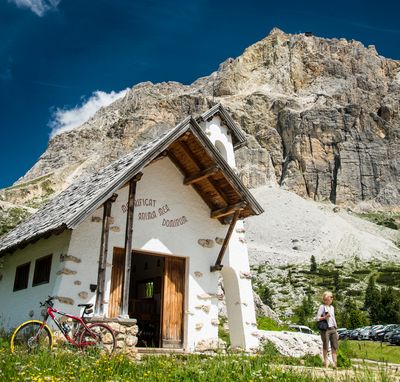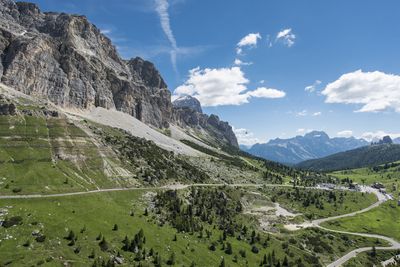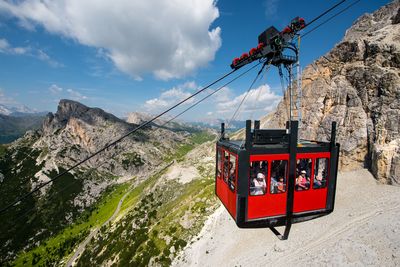- DISCOVER
- EXPERIENCE
- EXPO
- Lagazuoi Awards
- Lagazuoi Photo Award 2024 - New Talents
- Winning Ideas Mountain Awards 2024
- Lagazuoi Photo Award 2023 - New Talents
- Winning Ideas Mountain Awards 2023
- Lagazuoi Photo Award 2022 - New Talents
- Winning Ideas Mountain Awards 2022
- Winning Ideas Mountain Awards 2021
- Lagazuoi Photo Award 2020
- Winning Ideas Mountain Awards 2020
- Exhibition rooms
- Exhibitions
- Lagazuoi Awards
- EVENTS & NEWS
- PHOTOPOINT
- INFORMATION
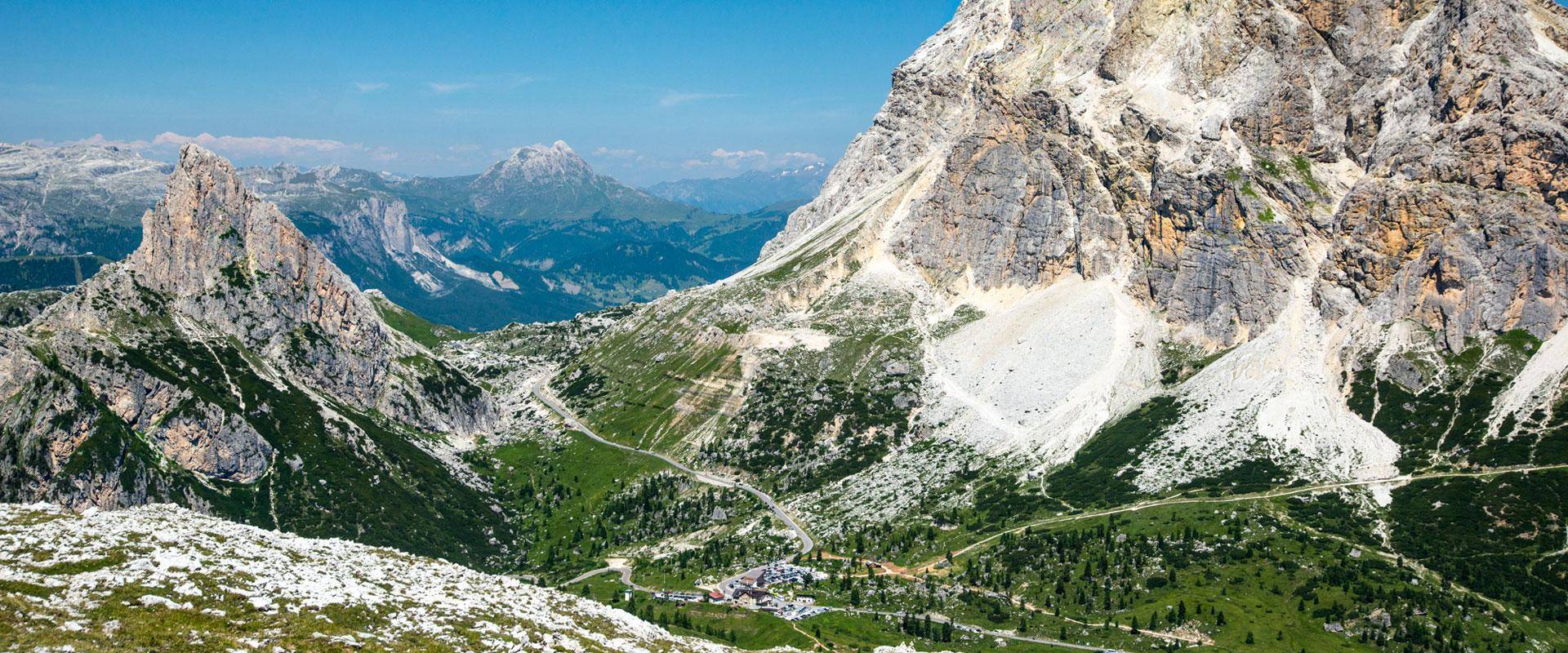
© StefanoZardini

